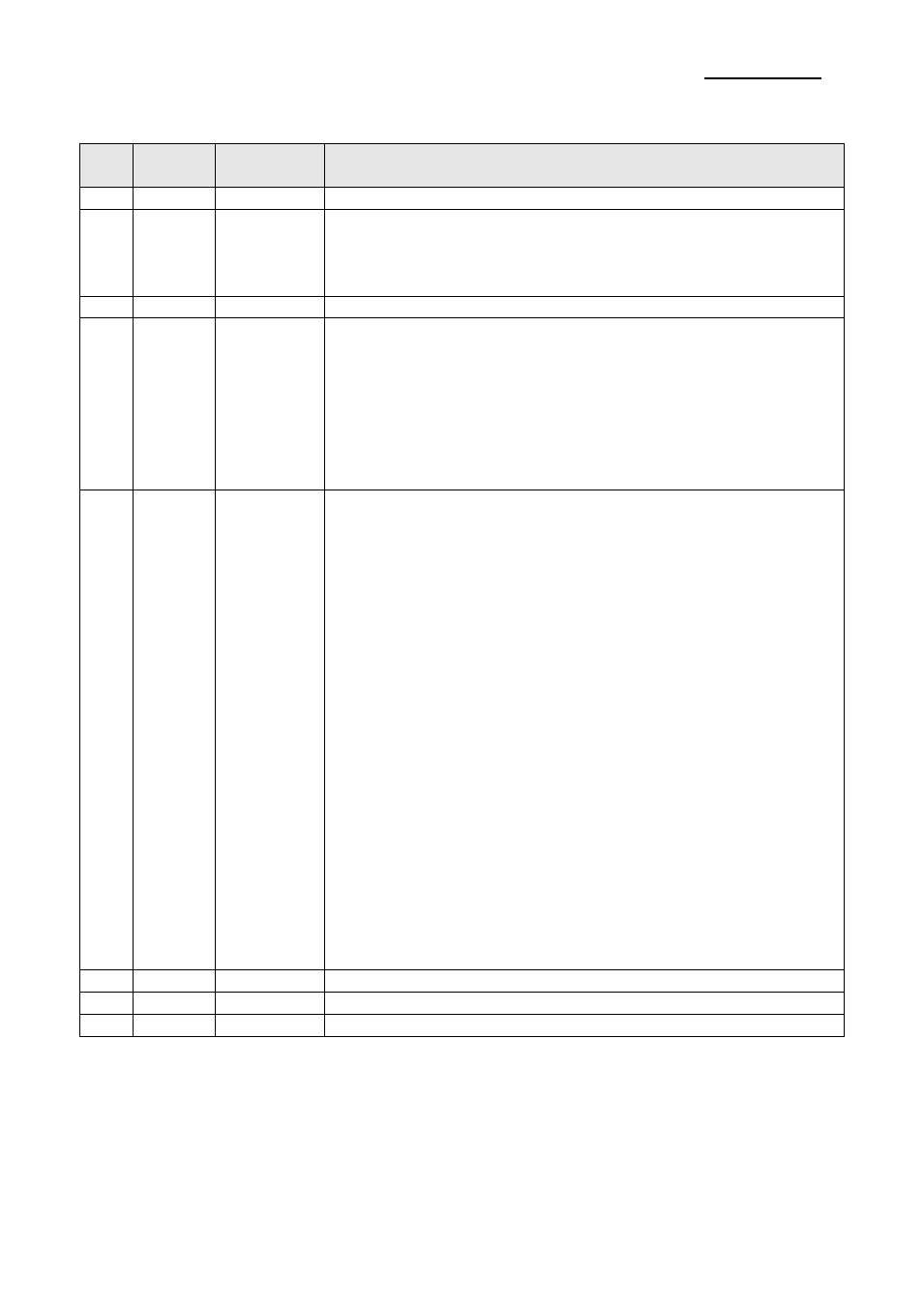1-2 connector signal assignments, Bcd-1000 – BIXOLON BCD-1000 User Manual
Page 16

Rev. 1.06
- 16 -
BCD-1000
6-1-2 Connector Signal Assignments
Pin
NO
Signal
Name
Signal
Direction
Function
1
FG
-
Frame ground
2
TXD
Output
1) When the BDC-1000 is connected with the data pass
through(*1) : Transmit data to the printer
2) When the BDC-1000 is connected in a stand-alone :
Transmit data to the host
3
RXD
Input
Receive data from the printer
4
DSR
Input
This indicates whether the printer is ready to receive data.
1) When the BCD-1000 is connected with a data pass
through(*1) :
[MARK] : The printer is not ready to receive data
[SPACE] : The printer is ready to receive data
2) When the BDC-1000 is connected in a stand-alone :
[MARK] : The host is not ready to receive data
[SPACE] : The host is ready to receive data
5
DTR
Output
This indicates whether the display is ready to receive data
(*2).
[SPACE] The display can receive data.
[MARK] The display cannot receive data.
[DTR MARK]
DTR goes to MARK under the following conditions :
① The period from when the power is turned on to when
the display first becomes ready to receive data.
② When the self-test is executed.
③ When the remaining space in the receive buffer
becomes 40bytes or less (buffer-full state).
④ When [DSR MARK] is on, if the printer is selected by a
peripheral device command. (When the BCD-1000 is
connected with the data pass through.)(*1)
[DTR SPACE]
DTR goes to SPACE under the following conditions :
① When the display first becomes ready to receive data
after power-on.
② When the self-test has ended.
③ When the remaining space in the receive buffer
becomes 50bytes or more after it became 40bytes or
less once.
6
SG
-
Signal GND
7
PS
-
Power supply terminal
8
PG
-
Flyback line for power supply
※ NOTES
(*1) For the data pass through and the stand alone, refer to SVC Manual
connection methods for detail.
(*2) [DTR MARK] can be set by the US v command. This case differs from the
above-mentioned.[DTR MARK] Refer to the US v command in section 4, Command
Description.
